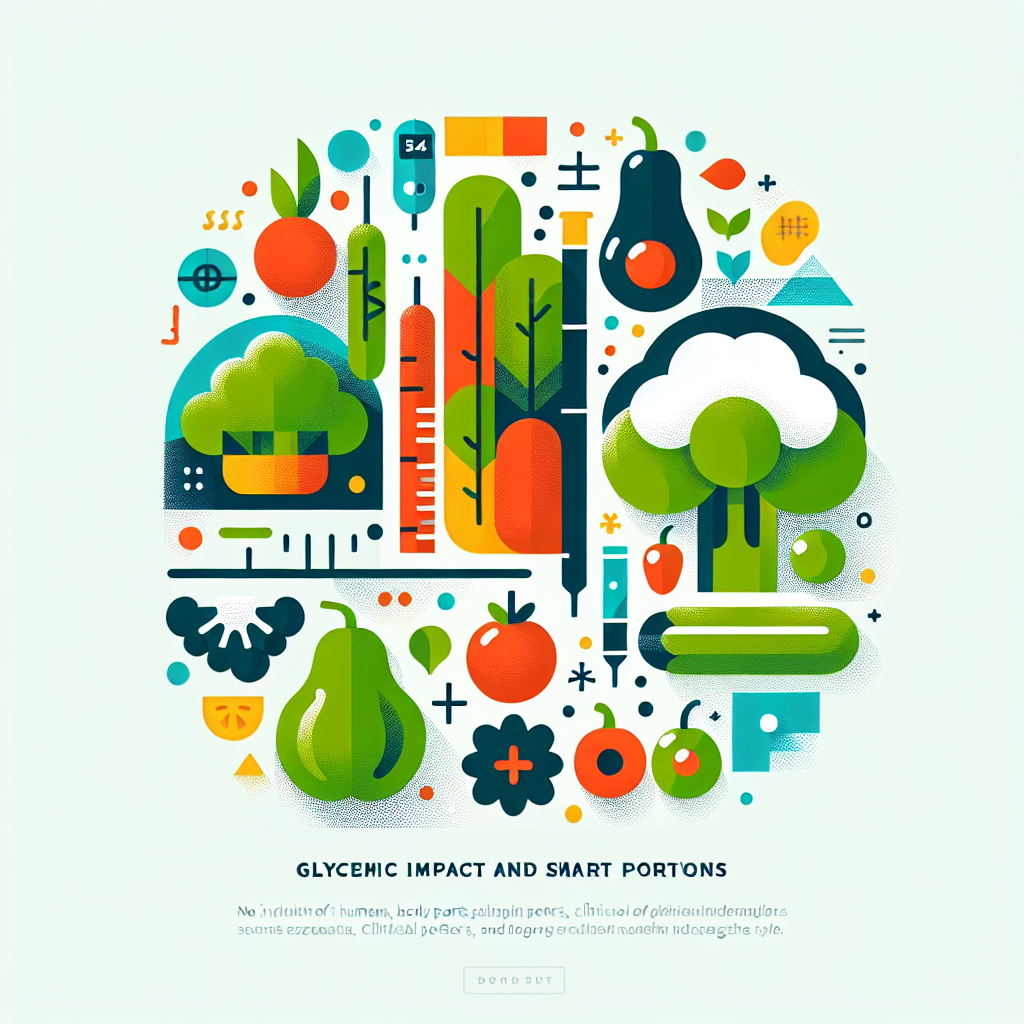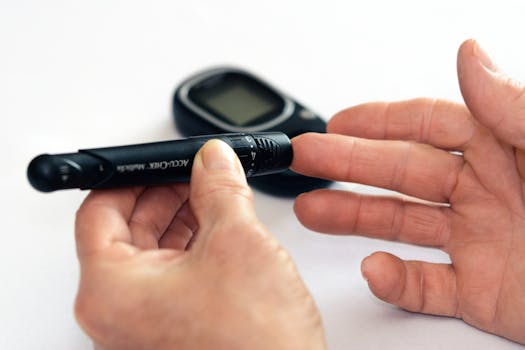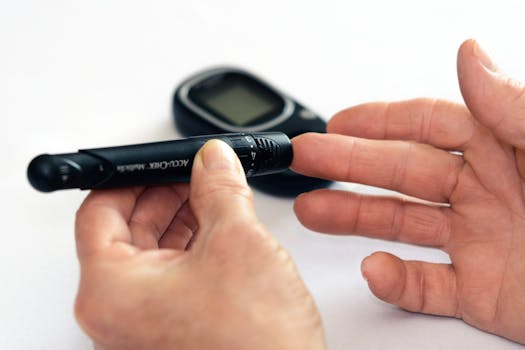The exact vegetables for diabetics are an essential starting point when planning meals that balance blood sugar, fiber, and nutrient density. Vegetables can lower glycemic load, add volume to plates, and help manage weight, but understanding which ones affect glucose and how to portion them matters more than blanket rules.
Vegetable choices for diabetics: glycemic impact explained
Not all vegetables have the same effect on blood sugar. Non-starchy, fiber-rich options typically have a minimal glycemic impact, while starchy vegetables raise glucose more noticeably. When thinking about vegetables good for diabetes, prioritize leafy greens, cruciferous vegetables, and colorful non-starchy choices that deliver vitamins and slow carbohydrate absorption.
Which vegetables to favor
Best diabetic vegetables include spinach, kale, broccoli, cauliflower, bell peppers, zucchini, and green beans. These are low in net carbs and high in fiber and micronutrients. If you’ve wondered, is broccoli good for diabetics or is spinach good for diabetics, the short answer is yes—both are excellent additions to most meal plans because they contribute vitamins and fiber without spiking blood sugar.
Vegetables to limit and why
Starchy vegetables like potatoes, corn, and peas can have a higher glycemic impact and should be portioned carefully. Also be aware of vegetables with high sugar content such as certain root vegetables and cooked carrots in large amounts; while nutritious, they can increase the carbohydrate load of a meal if not balanced with protein and fat.
Portion control and practical servings
Smart portions are key. A typical serving of non-starchy vegetables is about 1 cup raw or 1/2 cup cooked; for starchy vegetables, aim for smaller portions and count them toward your carbohydrate target. Combining vegetables with lean protein or healthy fats slows digestion and reduces post-meal glucose peaks.
Sample portion strategies
- Fill half your plate with non-starchy vegetables (salad greens, broccoli, peppers).
- Reserve a quarter for protein (fish, chicken, legumes) and a quarter for whole grains or starchy veg.
- Use raw or lightly steamed preparations to preserve fiber; avoid sugary glazes or heavy creams.
Shopping and meal-planning: smart lists and prep
Creating a diabetic diet shopping list makes healthy choices easier. A diabetic shopping list should include a mix of fresh leafy greens, frozen vegetables (for convenience and minimal loss of nutrients), and a few starchy items measured for portion control. Consider assembling a diabetic diet shopping list by category: leafy greens, crucifers, colorful non-starch, and measured starchy vegetables.
Some people look for free foods for diabetics—items that can be eaten freely without significant impact on blood sugar. These generally include most non-starchy vegetables and plain salad greens, but “free” doesn’t mean limitless; portion context still matters for overall calories and nutrition.
Meal ideas and swaps
- Swap mashed potatoes for mashed cauliflower to reduce carbs.
- Roast a tray of mixed non-starchy vegetables for easy reheating through the week.
- Blend spinach into smoothies or omelets for an easy nutrient boost.
Monitoring impact and personalization
Everyone responds differently to foods. Use glucose monitoring, portion awareness, and meal composition to personalize choices. Pay attention to vegetables good for diabetes in the context of your whole meal and medications—some diabetes treatments require consistent carbohydrate intake, so coordination is important.
For broader dietary guidance from a trusted public health source, see the CDC guidance on healthy eating for people with diabetes.
If you want to read more about treatments and management strategies that complement dietary changes, consider this comprehensive guide to Type 1 and Type 2 diabetes treatments for 2024 for context on how nutrition fits into broader care.
Quick shopping checklist
- Leafy greens: spinach, kale, romaine
- Cruciferous: broccoli, cauliflower, Brussels sprouts
- Colorful non-starchy: bell peppers, tomatoes, cucumbers
- Small portions of starchy: sweet potato, winter squash (measured)
- Frozen mixed vegetables for convenience and consistency
FAQ
Q: Are there vegetables I can eat without counting carbs?
A: Most non-starchy vegetables are so low in carbohydrates that they’re often treated as “free” or low-impact, but you should still be mindful of very large portions and how they fit into your total meal plan.
Q: How do I know if a vegetable is raising my blood sugar?
A: Test your blood glucose before and 1–2 hours after eating a serving to see the effect. Keep notes on specific vegetables to learn patterns—this helps with personalization and portion adjustments.
Q: What about vegetables with high sugar—should I avoid them entirely?
A: No—many vegetables with higher natural sugars still provide valuable nutrients. The key is portioning them and pairing with protein or fat to blunt glucose spikes rather than outright avoidance.






